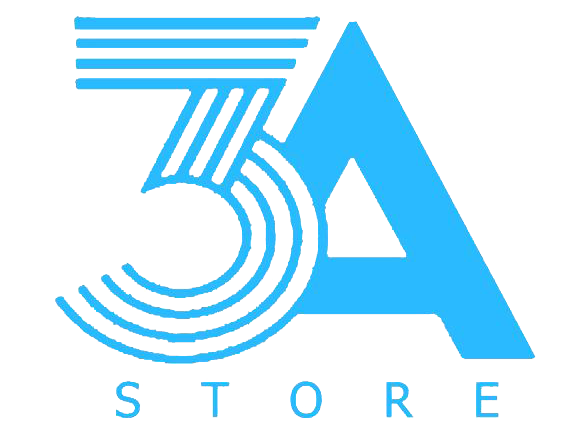The Lego company was created by Ole Kirk Christiansen, a carpenter from Billund, Denmark. The company struggled through the Great Depression, and he began to create wooden toys. Christiansen changed the company’s name to “Lego,” which is a contraction of leg godt (which means “play well” in Danish).
In 1934, Lego began using plastic why not try here bricks for its production. The first Lego sets were also sold. The company also started an entirely new division named Dakta which would concentrate on educational products.
In the last quarter of the 20th century Lego continued to expand its product range and marketing efforts. In 1971, Lego introduced furniture and dollhouses, and in 1974, the first Lego human figures appeared. They later evolved into a minifigure designs that are still used today. Lego also started to produce more advanced sets for building geared to older children. This would later evolve into Lego Technic.
In 1987, Lego introduced the World Cup Lego building contest for children to participate in. The event was held in Billund, and 38 children from 17 countries took part. Lego began creating theme sets in the same year, and were seen as a system within the system. They included Lego Space, Lego Castle and Lego Town (later renamed Lego City) as well as Lego FabuLand. In 1988, Lego released a new line of pirate Legos with a variety facial features and expressions.
In 1999, Lego shifted the way it licensed its characters from franchises. It began to offer Lego versions of famous characters such as Spider-Man, Star Wars, Harry Potter, Avatar: The Last Airbender, and numerous others. Critics and fans reacted in different ways to this move.





